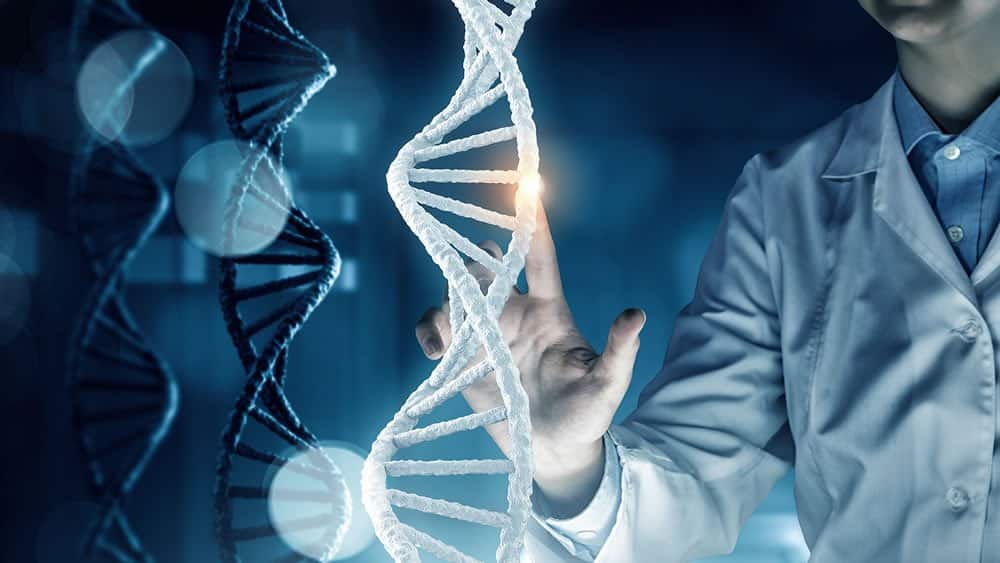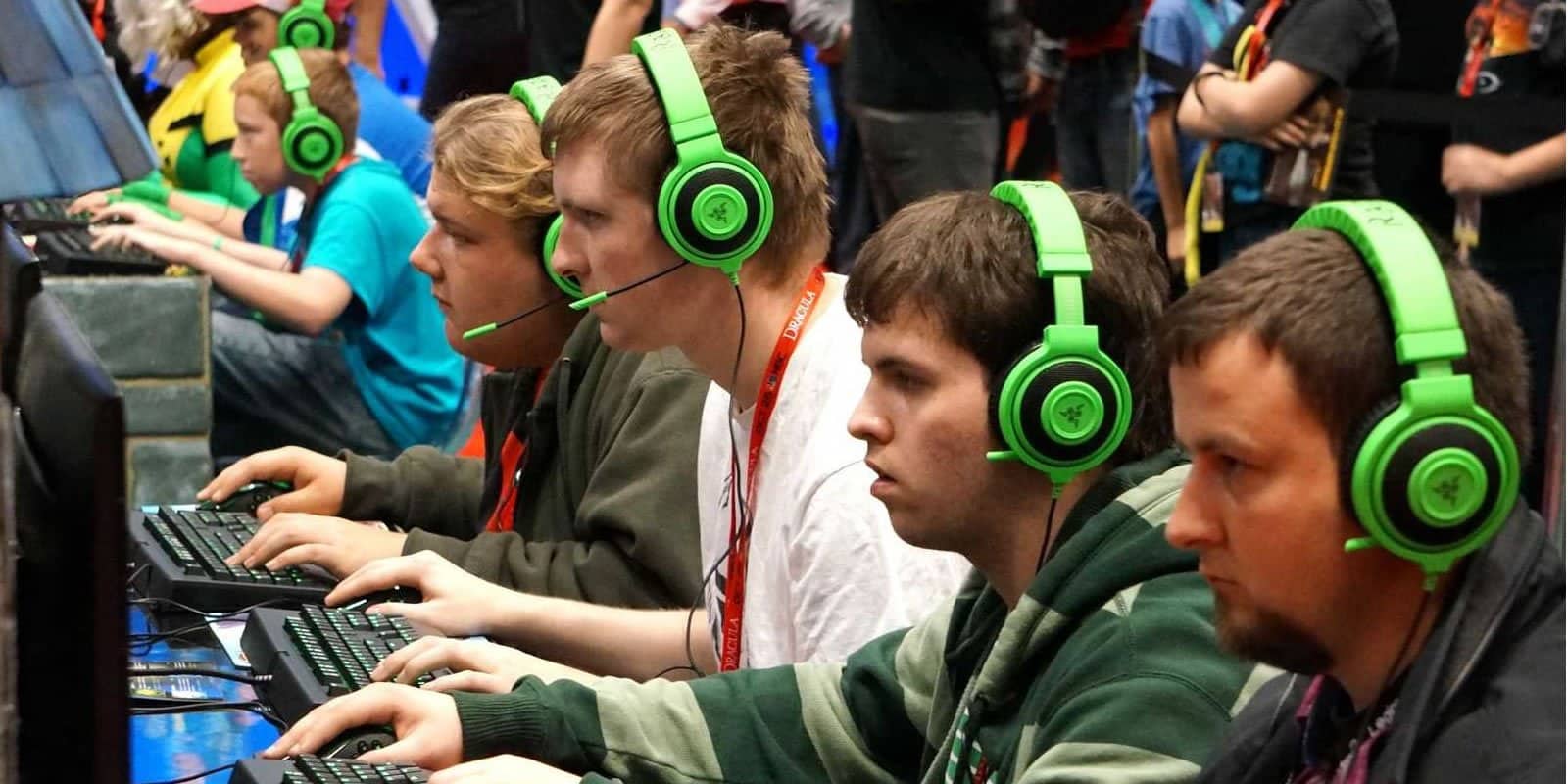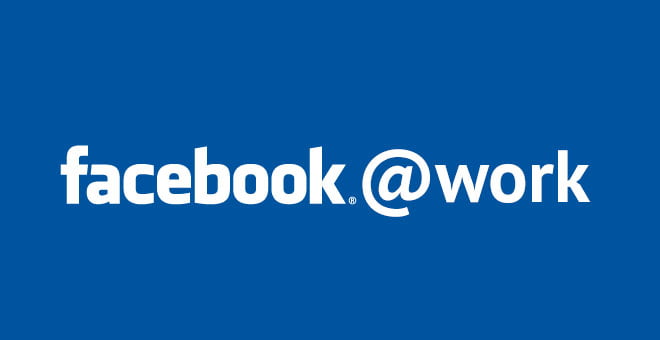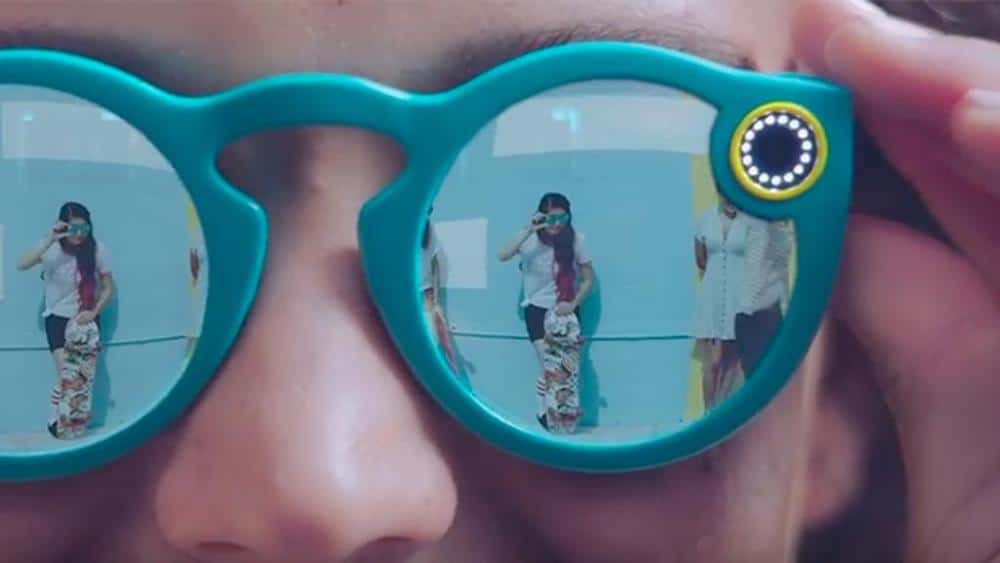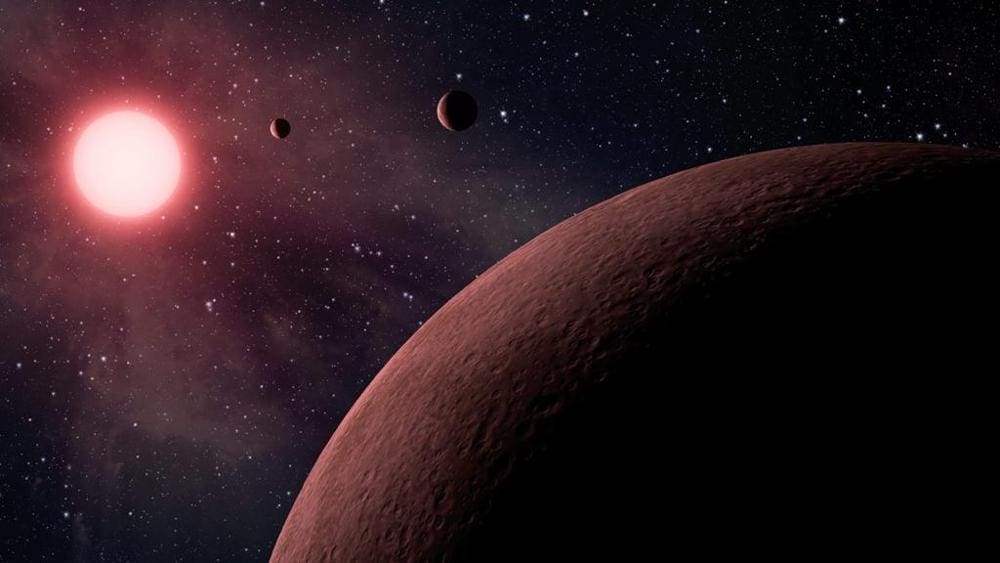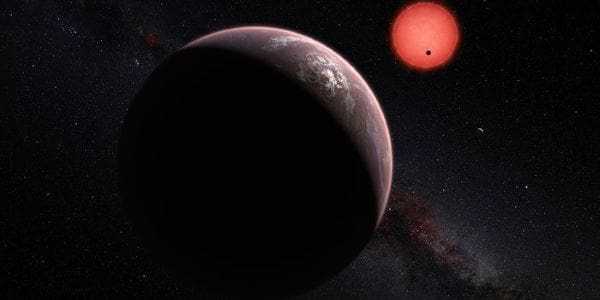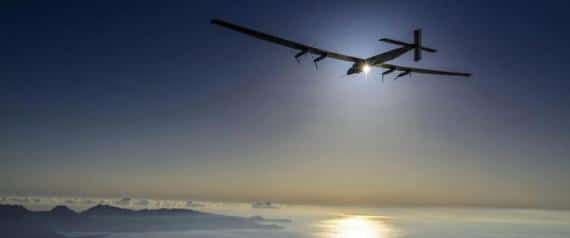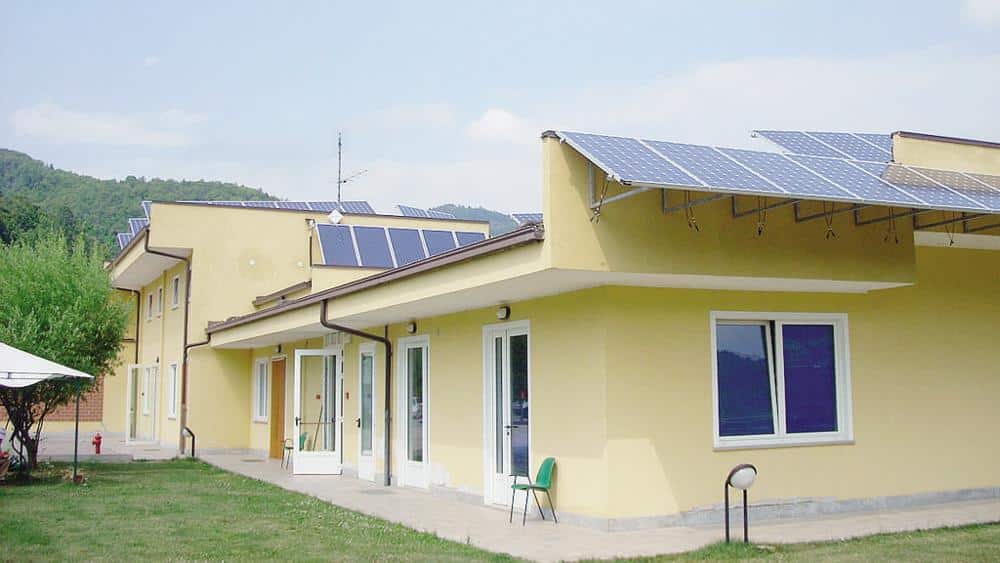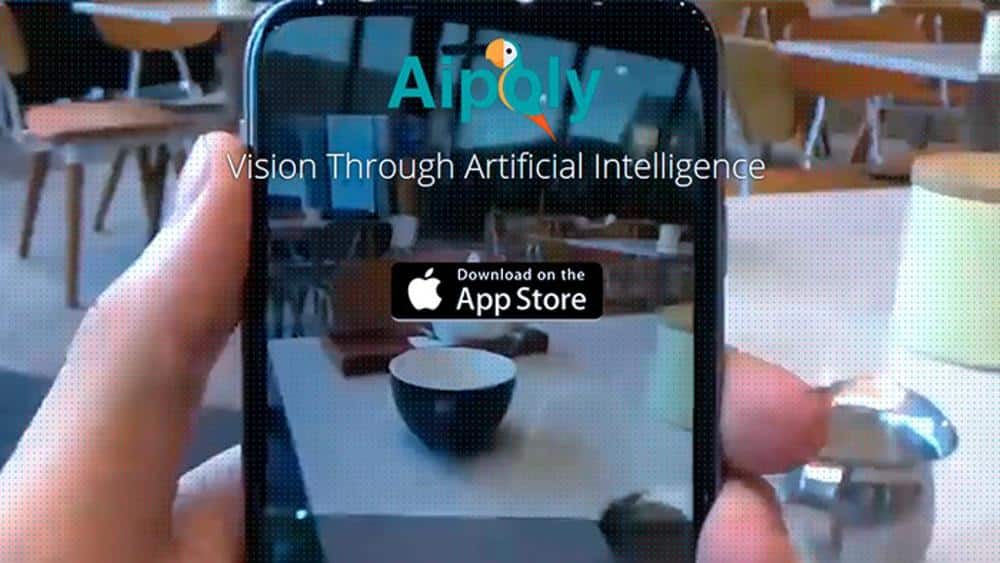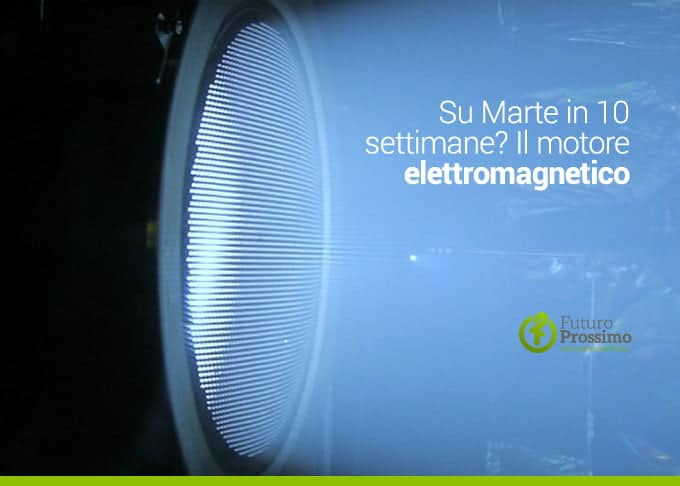The next hard drive? It will be DNA.
The preservation of information is increasingly crucial: this is why companies like Microsoft are studying the "hard disks" of the future. Among the most promising research is that which focuses on a truly exceptional "physical memory": DNA. Our DNA is a medium that stores data about us: on an IT level its "performance" is extraordinary. Like Hard Disk, DNA does not degrade over time. It is so versatile that it contains in just 4 grams all the information produced in an entire … Read more
